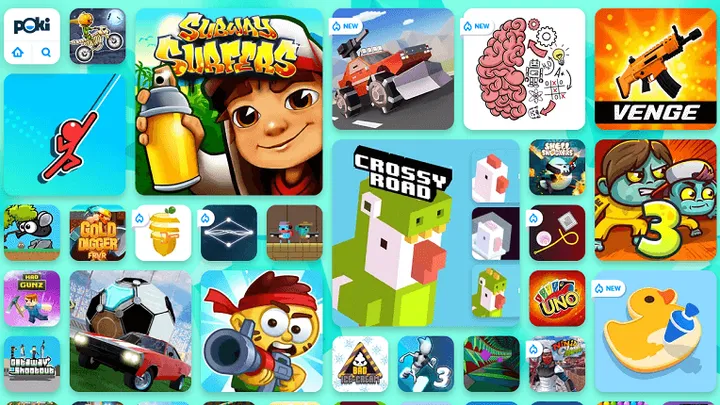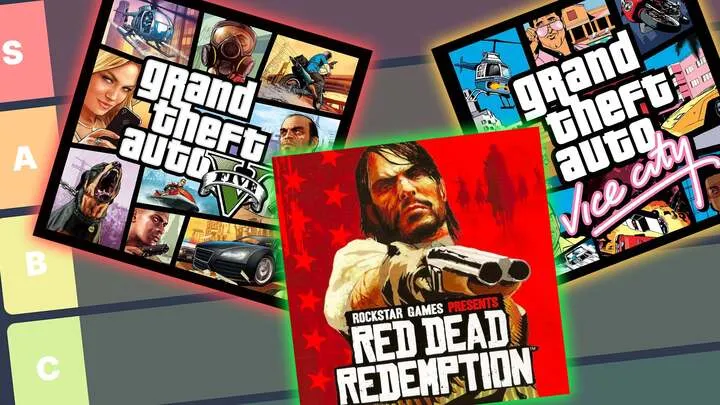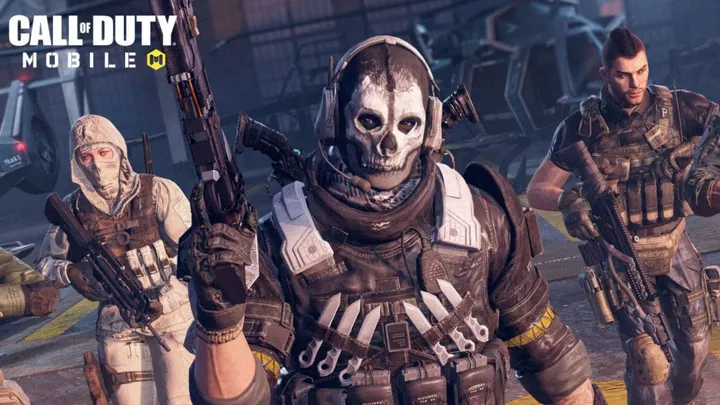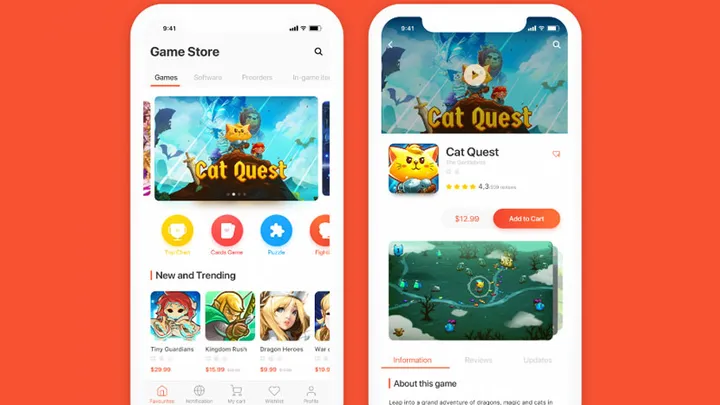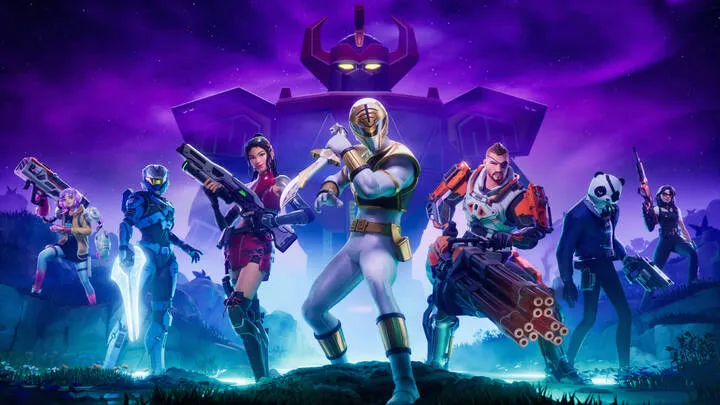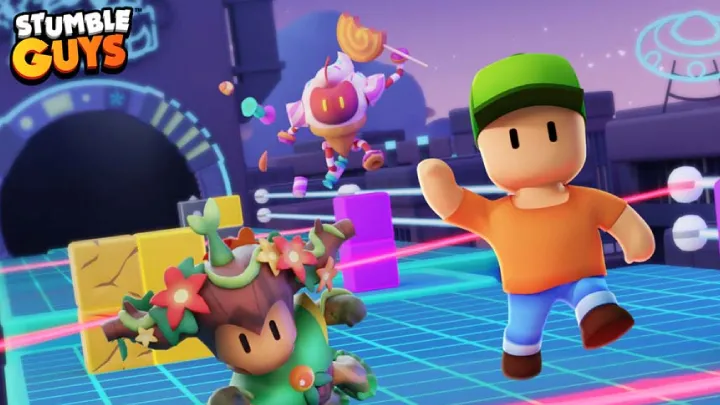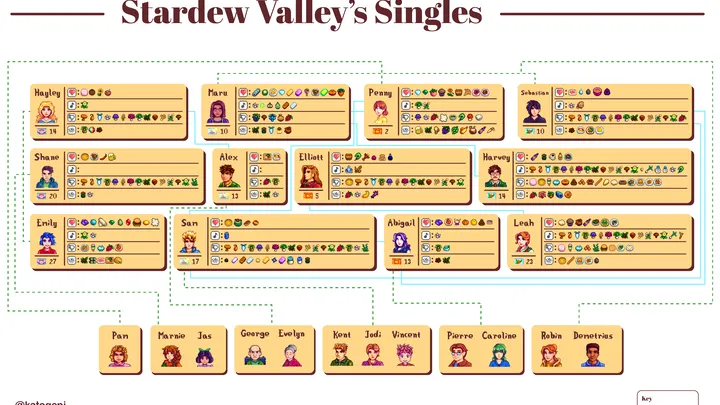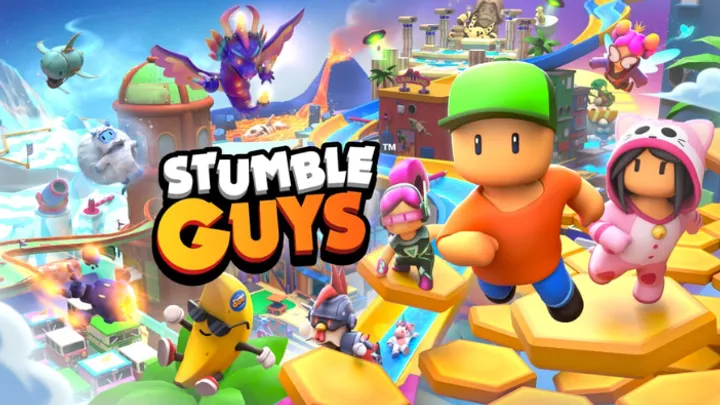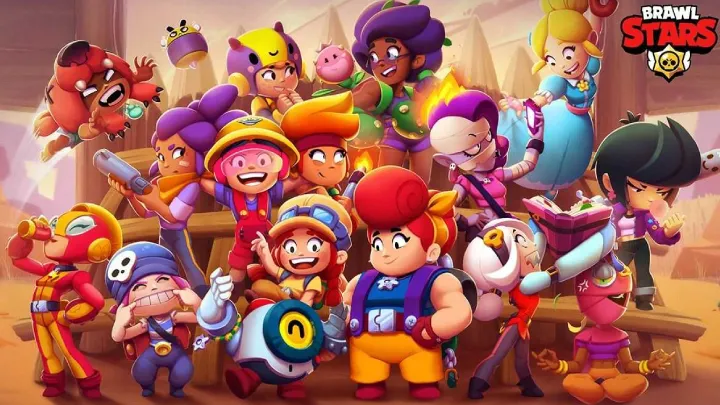Marvel Rivals brings together iconic superheroes and villains in a fast-paced, team-based, third-person shooter. With its diverse roster, deep synergy systems, and objective-focused gameplay, it's more than just reflexes and firepower—it’s about strategy, coordination, and understanding your role in the chaos.
This guide is your complete companion to becoming a stronger player in Marvel Rivals. Whether you're just starting or aiming to refine your competitive edge, these ten chapters cover everything from team composition and hero matchups to cooldown discipline, map control, and meta adaptation.
1. Understanding Hero Roles and Team Composition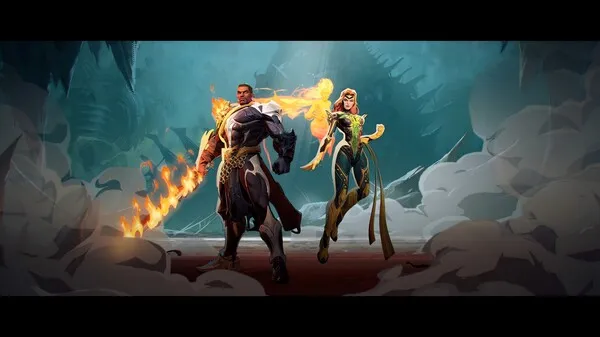
Every hero in Marvel Rivals fits into a specific role: Duelist, Vanguard, or Strategist. Understanding each of these roles is fundamental to building a winning team and adapting in live matches.
- Duelists: The main damage dealers, known for speed, agility, and high burst potential.
- Vanguards: Front-line protectors with high durability and crowd control capabilities.
- Strategists: Support units who heal, shield, or provide battlefield awareness.
The Importance of Balanced Teams
An unbalanced team—like all Duelists—may dish out high damage but will crumble under sustained pressure or coordinated pushes. By blending these roles, you ensure coverage in both offense and defense.
Team Comps That Work
Try combinations like Magneto (Vanguard), Scarlet Witch (Strategist), and Storm (Duelist). This blend gives you control, utility, and burst—all vital in objective-based modes.
2. Mastering Team-Up Abilities
Team-Up Abilities are special synergistic moves or passive buffs activated when certain heroes are present on the same team. They represent both narrative and mechanical synergy.
Examples of Strong Team-Ups
- Rocket and Groot: Rocket gains increased fire rate and damage reduction while riding Groot.
- Scarlet Witch and Magneto: Can execute an AoE magnetic burst with extended range and CC.
- Hela and Loki: Unlock a unique resurrection mechanic after a kill combo.
When to Activate Team-Ups
These abilities are not automatic game-winners. You need to understand when and how to activate them—ideally during pivotal moments like boss fights or control-point contests.
3. Cooldown Awareness and Ultimate Management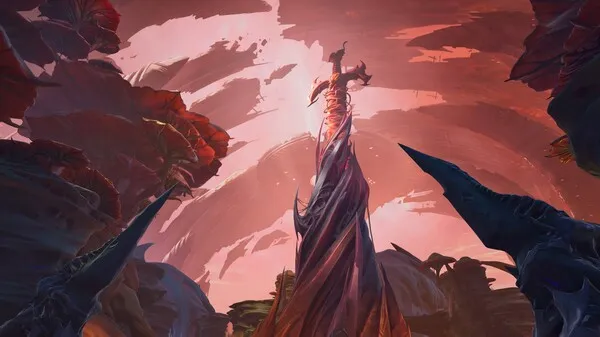
Winning fights often comes down to ability usage. Poor cooldown management is one of the top reasons skilled players lose engagements.
Time Your Abilities
Use your high-impact skills strategically. Don’t blow everything at once unless the situation demands it. Spread cooldown usage across the team to maintain pressure.
Ultimate Combos
Pair ultimates for max value. For example, use Storm’s area stun just before activating Iron Man’s air bombardment. The enemy can’t escape and takes full damage.
4. Playing Around the Objective
Marvel Rivals is a game of objectives. Whether it’s escorting a payload or capturing control zones, your play should be driven by the map’s goals, not just eliminations.
Adjusting to Each Mode
- Convoy Mode: Use mobile heroes to flank the cart, and Vanguards to defend choke points.
- Domination: Area control is key; abilities that zone or displace enemies are invaluable.
- Team Clash: Focused teamfights matter—Strategist healing can swing outcomes.
Map Pressure and Rotation
Learn when to push forward and when to retreat. Knowing when to rotate to another lane or objective wins more games than top kills.
5. Countering Enemy Strategies
If you’re not adapting to the enemy, you’re losing. Good players recognize what their opponents are doing and respond accordingly.
Identifying Threats
If you’re facing a team built around crowd control, take heroes that can cleanse or reposition. Facing a tanky frontline? Bring armor penetration or anti-heal mechanics.
Breaking Synergies
Target the key part of the enemy synergy. For instance, if Rocket and Groot are dominating, pressure Groot and separate the pair.
6. Using the Environment to Your Advantage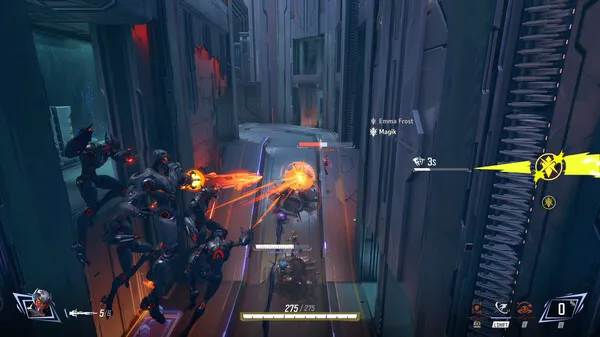
The maps in Marvel Rivals are full of verticality, flanking routes, and environmental hazards. Good map knowledge amplifies your impact.
Movement Mastery
Use walls, high ground, and objects to dodge skill shots or escape danger. Certain heroes excel in vertical combat—learn who benefits and where.
Choke Points and Zones
Defend tight corridors with AoE-heavy Strategists. Use elevation with snipers like Hawkeye. The map is your tool—use it smarter than your opponent.
7. Communication and Coordination
Marvel Rivals thrives on teamwork. While solo carries can happen, consistent wins come from coordination.
Ping Systems
Use pings to call for help, point to objectives, or signal ultimate readiness. Even without voice comms, pinging lets your team know your intentions.
Timing Attacks
Synchronize pushes. A solo ultimate often does little; two or three timed together can wipe the enemy team. Use countdowns or ping your ult when ready.
8. Loadouts, Mods, and Customization
Customization lets you tweak your hero for your preferred style. Mods affect cooldowns, damage, survivability, and utility.
Optimizing Mods
- Duelist Mods: Choose damage-over-time, crit chance, or cooldown reduction.
- Vanguard Mods: Go for shields, knockback resistance, or regen.
- Strategist Mods: Pick healing radius, buff duration, or energy regeneration.
Swapping Per Match
Customize loadouts per mode or enemy comp. If the enemy has crowd control, consider cleanse or resist-based mods.
9. Evolving With the Meta
With new heroes, balance patches, and map rotations, the meta in Marvel Rivals is constantly changing. Staying updated is crucial.
Track Patch Notes
Be aware of hero buffs, nerfs, or new Team-Up combinations. What’s weak today might be top-tier tomorrow.
Flex Your Hero Pool
Don’t rely on just one character. Learn at least one hero per role to remain flexible. This lets you adapt to team needs or counter enemies.
10. Improving Through Self-Review
Rewatch your matches. You’ll notice positioning errors, missed cooldowns, and poor decision-making more clearly on review.
What to Watch For
- Were you using Team-Ups at good times?
- Did you use ultimates too late or too early?
- How was your positioning in teamfights?
Learn from the Best
Watch pro-level streams or tournaments. See how top players approach the same heroes you use. Mirror their habits and decision-making for growth.
Conclusion
Marvel Rivals is a blend of quick reflexes and thoughtful strategy. While it's tempting to treat it like a run-and-gun brawler, the game rewards those who plan, communicate, and adapt. From understanding your hero’s role to syncing Team-Ups and responding to enemy pressure, mastery lies in the little decisions you make every moment.
Keep practicing, review your plays, and stay flexible with your hero pool. As the meta changes and your skills grow, you’ll climb higher and become the type of teammate others want to rally behind.








